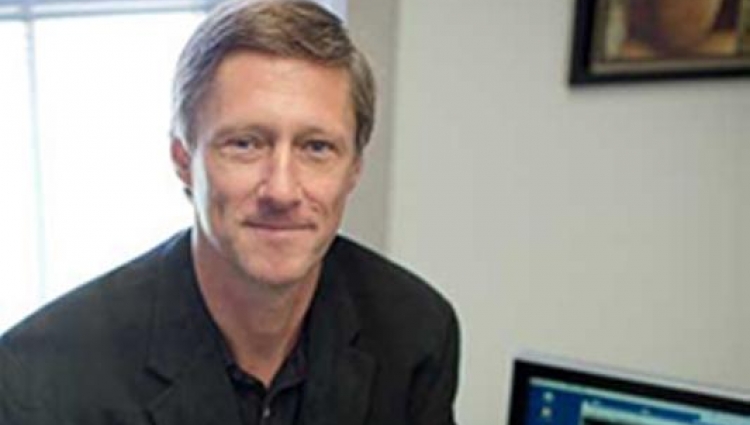Surprises at intermediate coupling in electronic correlated systems: spirals, Majoranas, and pairing
Publicado: 15/09/2022 - 12:41
Última modificação: 15/09/2022 - 12:51

Recent results in strongly correlated electronic systems will be discussed. Employing computational techniques, I will address several surprising states that emerge in coupling regions with competing tendencies. Specifically, I will first focus on low-dimensional chains and ladders, where the density matrix renormalization group technique is an accurate tool. The computer reveals a variety of exotic phases difficult to anticipate, such as spin arrangements of ferromagnetic blocks [1], as well as spirals without any obvious source of frustration [2]. Predictions for inelastic neutron scattering for block states will be presented [3]. Coupling the spirals to a canonical s-wave superconductor induces in the spiral both singlet and triplet pairing and, thus, Majorana states at the edges [4]. I will also discuss the adiabatic movement of Majoranas, first step towards braiding, employing time-dependent methods. Spirals-like arrangements, but now in two dimensions, can also originate when including spin-orbit coupling and a magnetic field, creating a regularly spaced array of skyrmions, called “skyrmion crystal” [6]. This crystal can also be a platform for Majoranas [7]. Finally, time allowing, I will discuss progress with regards to pairing in multi-orbital models, employing a two-orbital Hubbard version of the Haldane chains [8], as well as low dimensional versions of models for iron superconductors [9].
Work supported by the US Department of Energy (DOE), Office of Science, Basic Energy Sciences (BES), Materials Sciences and Engineering Division.
[1] See for example N. Patel et al, Commun. Phys. 2, 64 (2019);
M. Sroda, E. Dagotto, and J. Herbrych, PRB 104, 045128 (2021), and references
therein.
[2] J. Herbrych et al, Proc. Natl. Acad. Sci. USA 117, 16226 (2020).
[3] J. Herbrych et al., Nat. Comm. 9, 3736 (2018); J. Herbrych et al. PRB
102, 115134 (2020).
[4] J. Herbrych et al, Nat. Comm. 12, 2955 (2021).
[5] B. Pandey et al., submitted for publication.
[6] N. Mohanta et al., Phys. Rev. B 100, 064429 (2019) (Editor’s choice).
See also N. Mohanta et al., Commun. Phys. (Nature) 3, 229 (2020).
[7] N. Mohanta et al., Commun. Phys. (Nature) 4, 163 (2021).
[8] N. D. Patel et al., npj Quantum Mater. 5, 27 (2020).
[9] B. Pandey et al., PRB 103, 214513 (2021) and references therein.